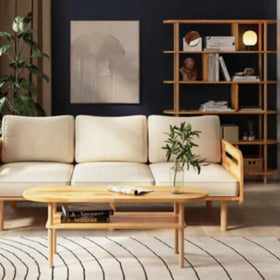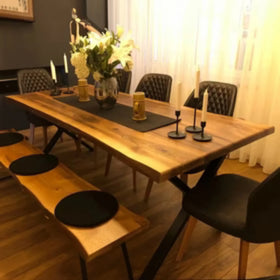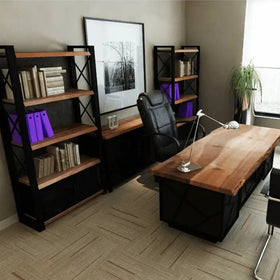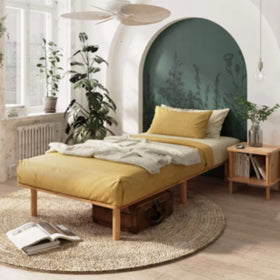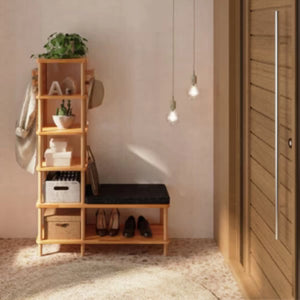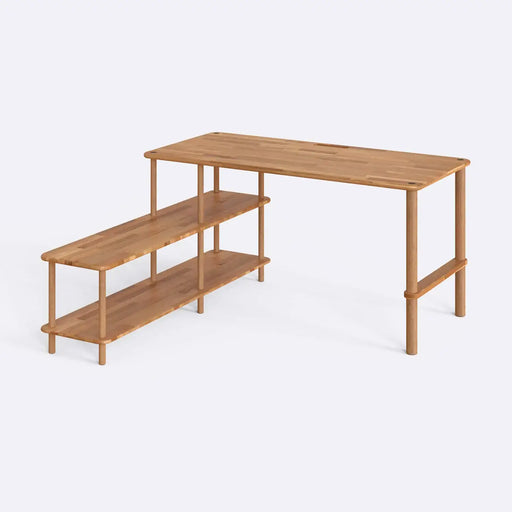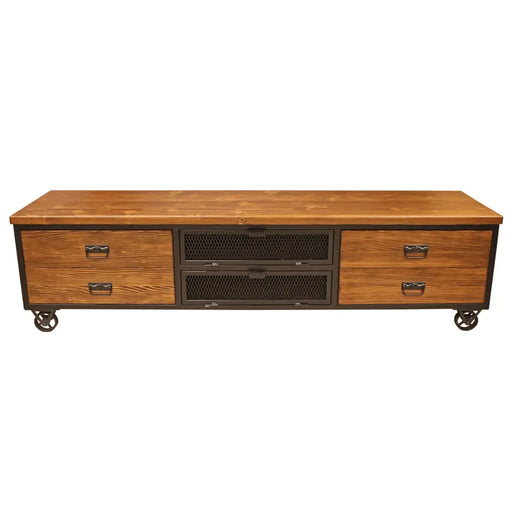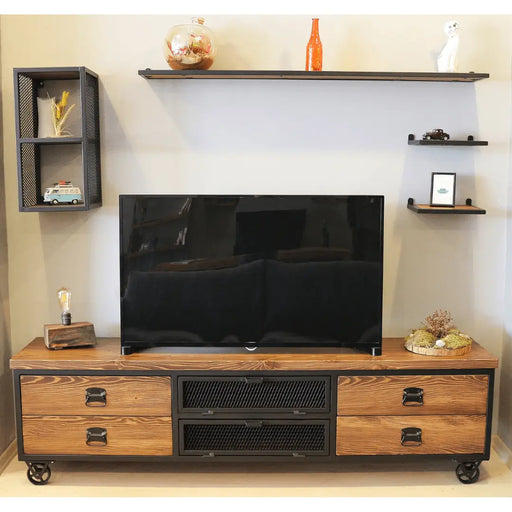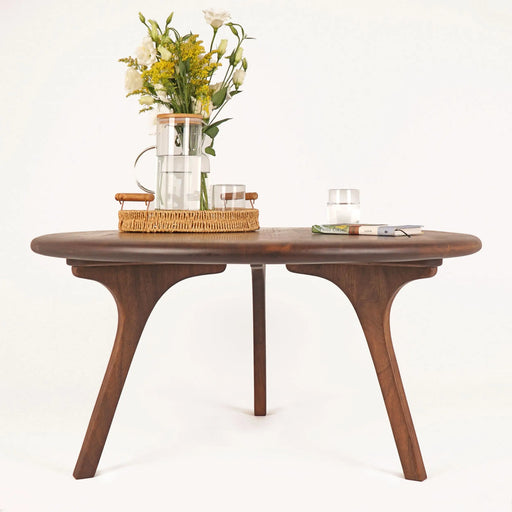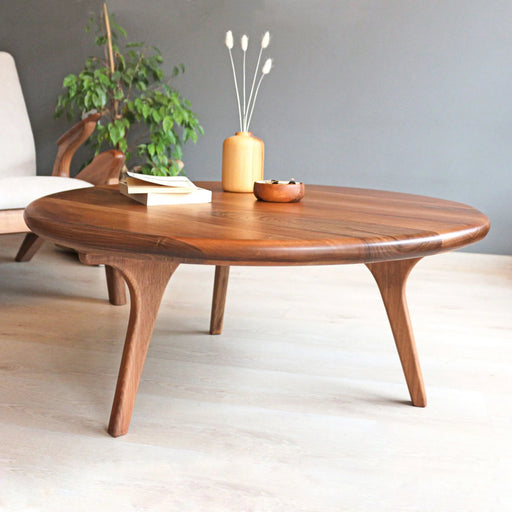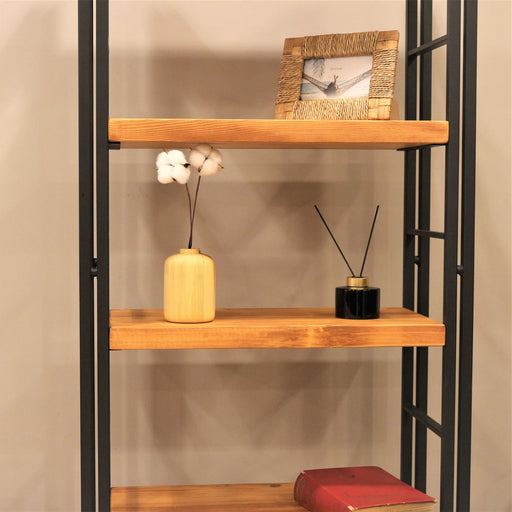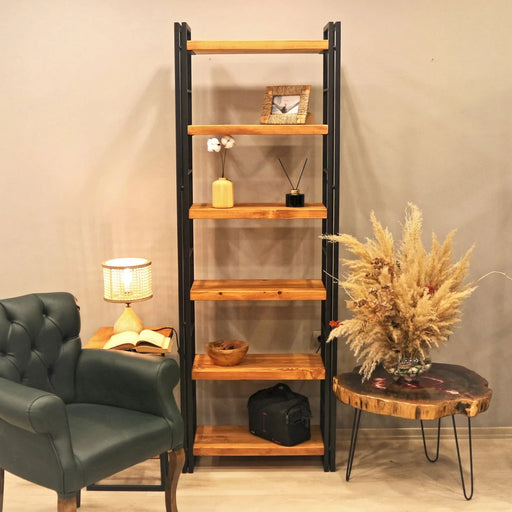
Diving Deep into Mid-Century Modern Style Furniture: Aesthetics, History and Timeless Charm
Historical Context
By mid-century, the world was undergoing significant change. Renewed optimism combined with technological advances pushed designers to experiment with new materials, techniques and philosophies. The result was a design movement that prioritized function without compromising form, creating furniture that was both beautiful and usable.
Key Design Elements
Clean Lines and Minimal Approach: Mid-century modern furniture epitomized the belief that simplicity is the ultimate sophistication. In contrast to the ornate designs of previous eras, this period emphasized straight lines, geometric shapes and unadorned surfaces. Each piece was meticulously crafted to ensure it looked good from every angle.
Organic Curves: Alongside straight lines, there was a harmonious combination of organic curves inspired by nature and the human form. Providing visual softness and ergonomic comfort, these curves are a testament to the era's commitment to combining aesthetics with function.
Functionality at the Forefront: This period saw an innovative shift in design, with furniture pieces offering multifunctional use or adaptability, such as customized dining tables or modular shelving.
Eastern Influences: There was a noticeable influence of non-Western design, especially Japan. The Japanese principle of minimalism and the emphasis on harmony with nature resonated with mid-century designers.
Materials and their evolution
Wood: Wood was by far the most common material. It was versatile, durable and offered a warmth that made homes feel inviting. Each type of wood brought its own unique color palette and grain pattern.
Metal: As the industrial age progressed, metals such as chrome, steel and aluminum became more accessible. Designers began to integrate them, often as support structures or accent pieces.
Glass: The use of glass, especially in table tops, demonstrated the era's passion for lightness and openness. It also added elegance to many pieces.
Plastic and Fiberglass: Mid-century was the dawn of plastic in design. These materials were malleable, colorful, modern and perfectly reflected the spirit of the times.
Upholstery: This was a period that did not shy away from color. Bold, vibrant hues and patterns adorned sofas and chairs, while materials ranged from luxurious leather to textured fabrics like tweed and chenille.
Iconic Wood Species
Teak wood : Sourced mainly from South and Southeast Asia, teak was the poster wood of the mid-century era. Its resistance to rot made it perfect for both indoor and outdoor pieces.
Walnut : Its deep, rich tones have made walnut a favorite among designers and homeowners alike. The wood's versatility was evident in the wide range of furniture produced from it.
Oak : Oak brought with it a rustic charm. Its pale tone and pronounced grain made it stand out, especially when placed against the more vibrant colors of the period.
Rosewood : Exotic and luxurious, rosewood was usually reserved for high-end pieces. Its dark tone and intricate grain added richness to any space.
Mid-Century Modern Furniture Heritage
The designs of this period were not just passing trends; they were here to stay and remain influential even today. Contemporary designers are often inspired by mid-century principles and vintage pieces from the period command high prices in the market.
In addition, the mid-century emphasis on quality and longevity, as well as sustainability, has become even more important today as we grapple with the consequences of a throwaway culture.
Mid-century modern furniture is a testament to a time when designers dared to imagine a different future, breaking with the past while respecting timeless design principles. This period has left an indelible mark on the world of design with its innovative use of materials, seamless blending of form and function and global influence. Today, when we sit on a mid-century inspired sofa or admire a vintage piece from the 50s, we are reminded of a time of great creativity, optimism and forward thinking - a time that forever changed the way we perceive and interact with the spaces around us.
New Collection
Lewis Beech Wood Desk
DemonthaThis handcrafted beech wood table is designed to last. The strong, hardwood construction is built to withstand the wear and tear of daily use. The ...
View full detailsMadison Solid Pine Wood TV Stand
MozilyaIntroducing our Madison Solid Pine Wood TV Stand with Drawers and Shelves... Produced with the integrity of natural wood material warmth and metal ...
View full detailsSidney Round Coffee Table - Solid Walnut Wood - Mid Century Modern Design
MozilyaIntroducing the Sidney Solid Wood Mid-Century Modern Round Coffee Table — a masterpiece of craftsmanship with a distinct mid-century flair. Handcra...
View full detailsStanley Rustic Bookcase | Pine Wood And Metal Design
MozilyaStanley Rustic Bookcase | Pine Wood and Metal Design Style Meets Functionality for Every Space Enrich your home or office with the Stanley Rustic B...
View full detailsMinneapolis Pine Wood TV Stand with Shelves and Cabinets
Tomruque Wood StudiosEstimated Arrival: At your door in 4 WeeksTomruque Wood Studios introduces this rustic, beautifully designed and crafted TV stand for your home. Pr...
View full details
